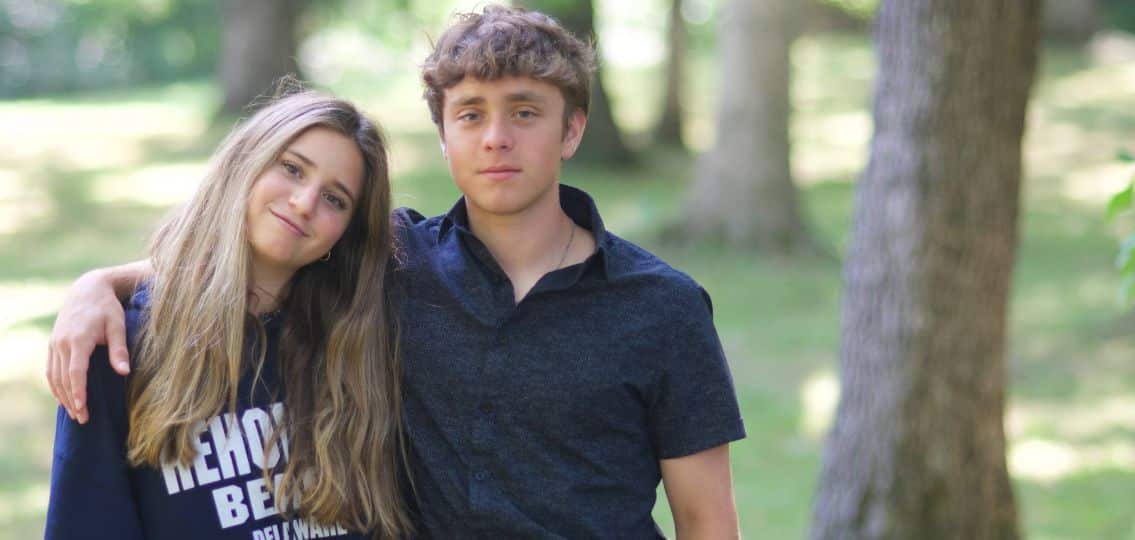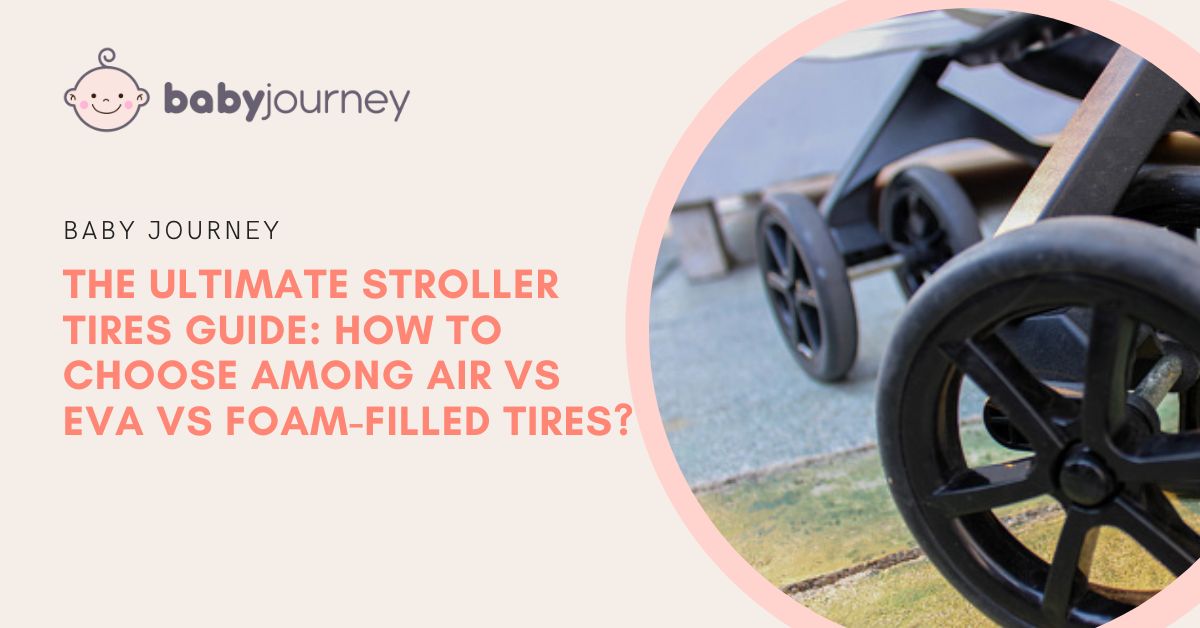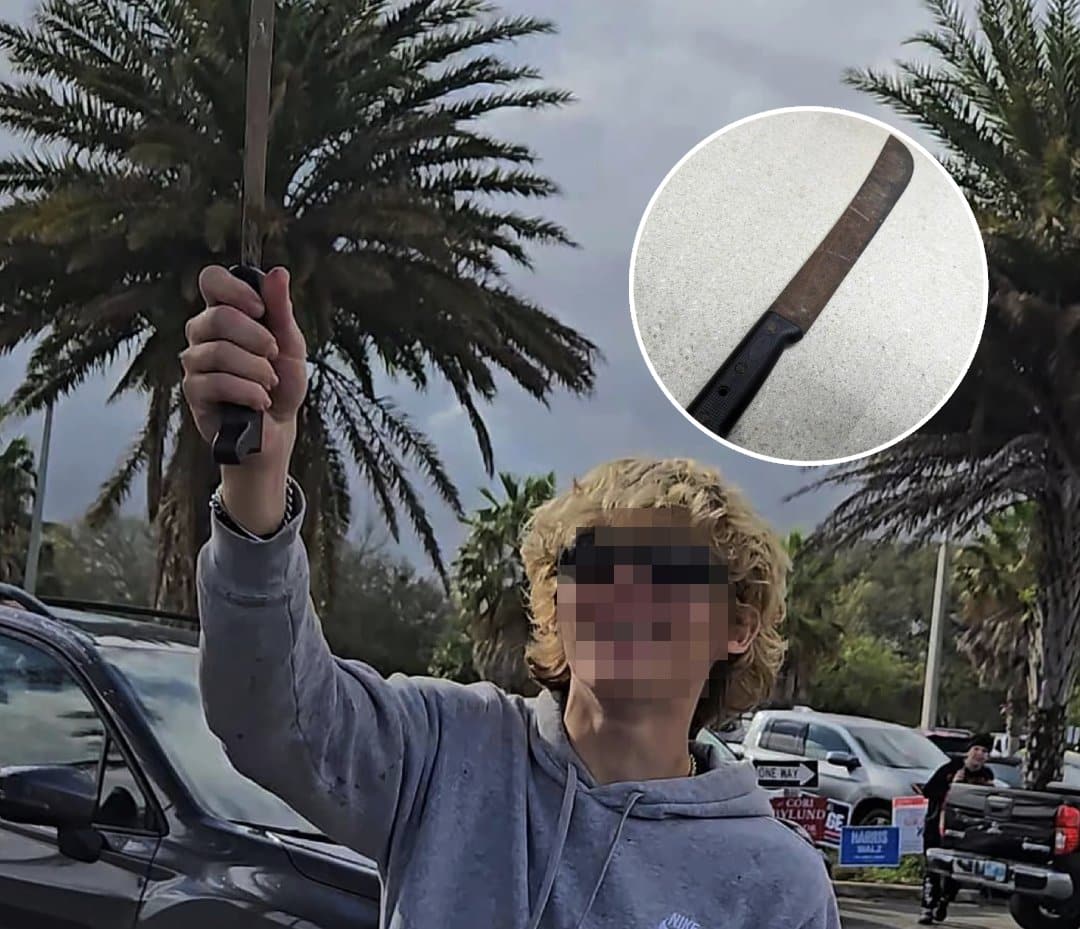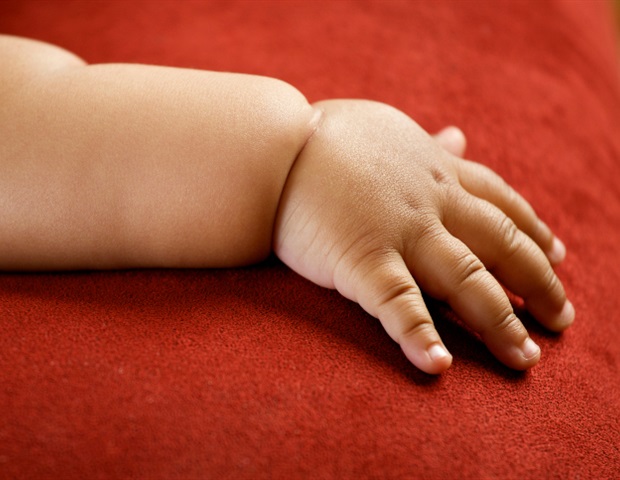It’s so fun to review nonfiction books because I learn about the most random things — like gum, wind, MacNolia Cox, and how to write a funny joke. That’s why I loved teaching elementary ages…the daily amount of learning quenched my curiosity and thirst for learning.
Remember how kids need to read nonfiction? I’m going to say it again. Children need to read nonfiction.
Because if they don’t, there will be a reading comprehension gap of a year or more between their narrative comprehension and their expository comprehension. We don’t want that when we send children to middle school and high school because they will struggle with the content classes!
So, read nonfiction!
The good news is you can choose incredible nonfiction books that engage readers like the ones below or those on my nonfiction age group lists!
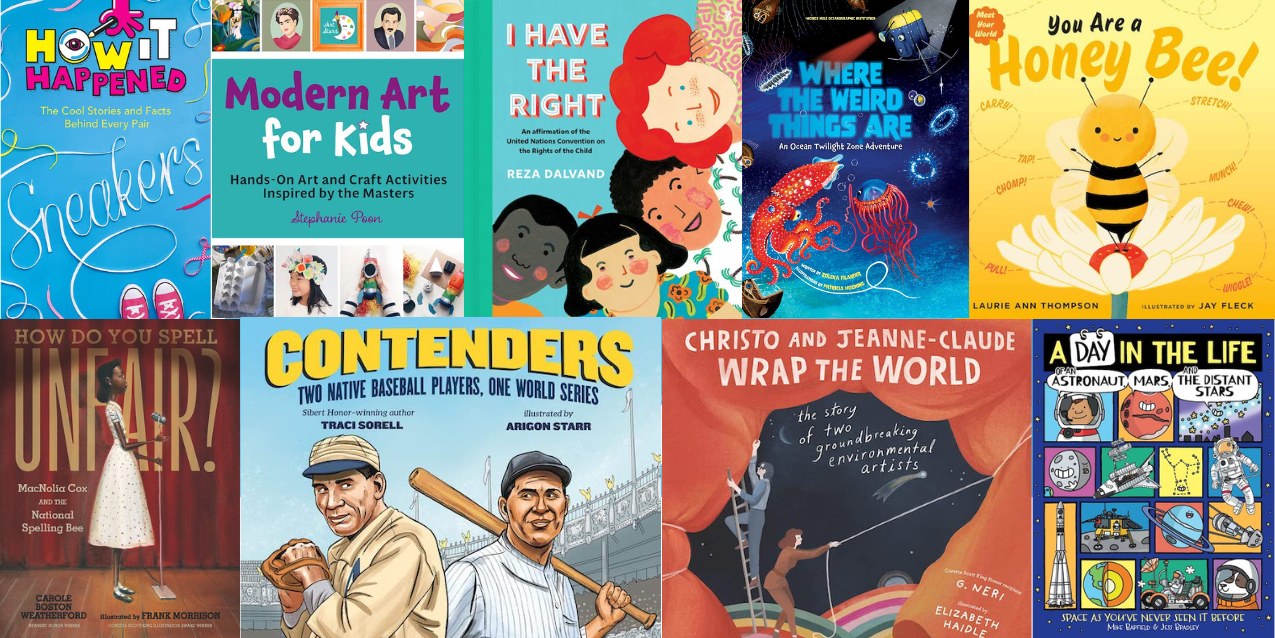
Nonfiction Book Lists for Preschoolers, Ages 2 to 5
Ages 5 and 6 (Kindergarten and 1st Grade)
Age 7 (2nd Grade)
Age 8 (3rd Grade)
Age 9 (4th Grade)
Age 10 (5th Grade)
Age 11 (6th Grade)
Age 12 (7th Grade)
Age 13+ (8th Grade & High School)
Nonfiction, April and May 2023
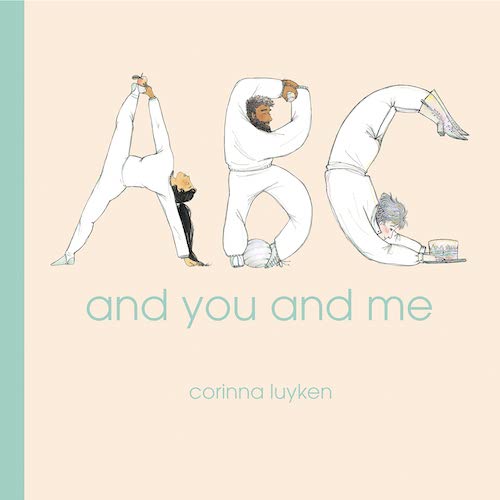
ABC and You and Me by Corinna Luyken
ALPHABET
Simple, beautiful drawings show adults and kids making the letters of the alphabet with their bodies, both the big and small letters. Gentle text invites readers to move into the shapes themselves. Lovely.
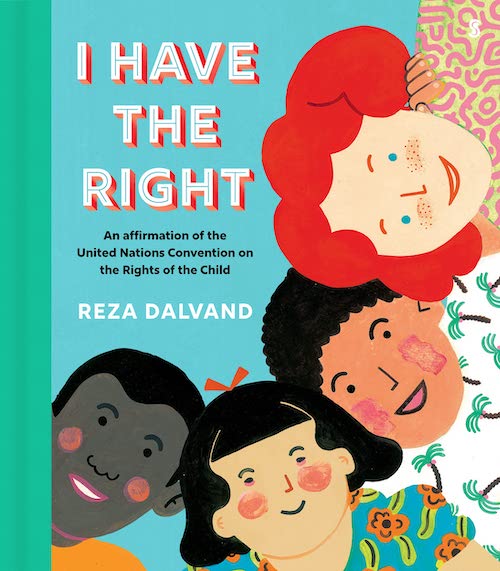
I Have the Right: An Affirmation of the United Nations Convention on the Rights of the Child illustrated by Reza Dalvand
HUMAN RIGHTS
Consider countries worldwide where children don’t have rights like education or safety. The United Nations Convention on the Rights of the Child created this in 1989, which reminds and assures us all that children have rights, too. Use this picture book in the classroom to teach human rights and at home to discuss childhood in some other countries.
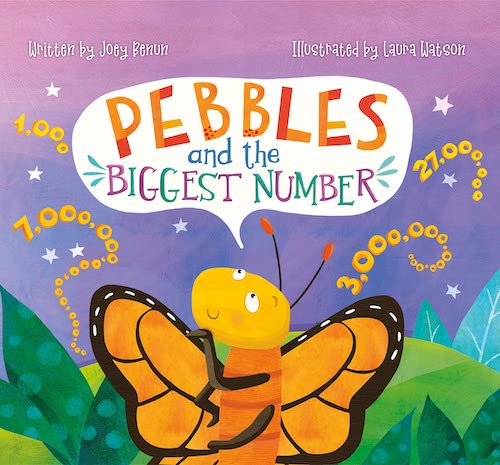
Pebbles and the Biggest Number by Joey Benun, illustrated by Laura Watson
BIG NUMBERS
Pebbles is a butterfly searching the world for big numbers. Informational text adds factual information to the narrative story. For example, one Number Note says, “1 quintillion has 18 zeros.” The story and facts are exciting to readers, who will learn a lot of big, impressive numbers while reading an adventure story.
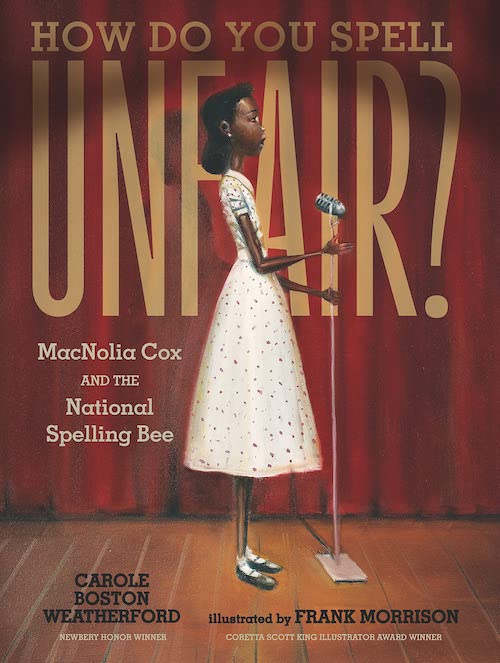
How Do You Spell Unfair? MacNaolia Cox and the National Spelling Bee by Carole Boston Weatherford, illustrated by Frank Morrison
BIOGRAPHY
MacNolia spelled her way to the National Spelling Bee finals despite the challenges she faced, including discrimination at the host hotel and an unfair word given to her that wasn’t on the list and lost her the winning spot. Repetition of the phrase “How do you spell” grounds us in the spelling theme, and Frank Morrison’s beautiful, expressive illustrations add emotional resonance.
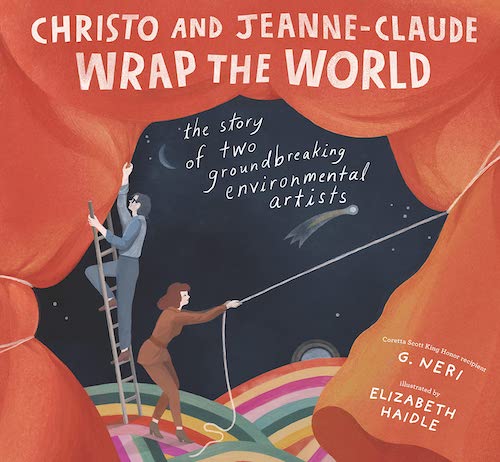 Christo and Jeanne-Claude Wrap the World The Story of Two Groundbreaking Environmental Artists by G. Neri, illustrated by Elizabeth Haidle
Christo and Jeanne-Claude Wrap the World The Story of Two Groundbreaking Environmental Artists by G. Neri, illustrated by Elizabeth Haidle
ARTIST BIOGRAPHY
When these Jeanne-Claude met Christo met, they fell in love quickly. Jeanne-Claude loved Christo’s ideas for art, and they began a lifelong pursuit of creating unique installations of wrapping objects found outside — including large public installations.

Where the Weird Things Are: An Ocean Twilight Zone Adventure by Zoleka Filander, illustrated by Patricia Hooning
OCEAN
A personified underwater explorer robot named Meso narrates his adventure deep in the ocean. He speaks to the creatures he meets, and they tell him about themselves. Filled with lots of banter and dialogue, the result is enjoyable and playful while being informational.
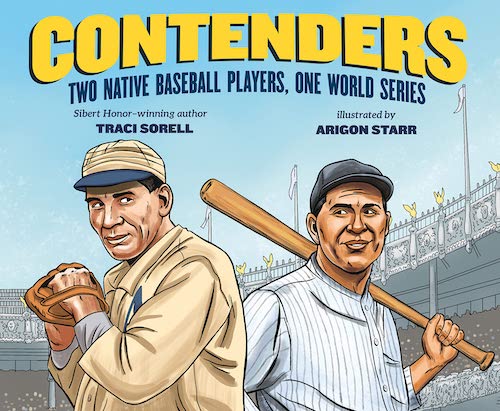
Contenders: Two Native Baseball Players, One World Series by Traci Sorell, illustrated by Arigon Starr
BIOGRAPHIES
Learn about two Native baseball players who loved the game but endured huge racism from everywhere — name calling, derogatory chants, and more. Charles Bender and John Meyers were groundbreaking athletes. You’ll read their history and how they got to the 1911 World Series. Interesting and important.
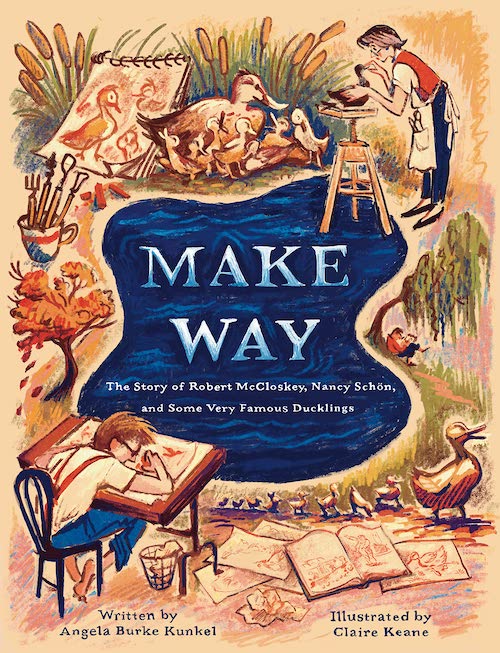
Make Way: The Story of Robert McCloskey, Nancy Schon, and Some Very Famous Ducklings by Angela Burke Kunkel, illustrated by Claire Keene
BIOGRAPHIES
This picture book shares the biographies of the author of Make Way for Ducklings, Robert McCloskey, and the duck sculptor, Nancy Schon, who was inspired by the story.
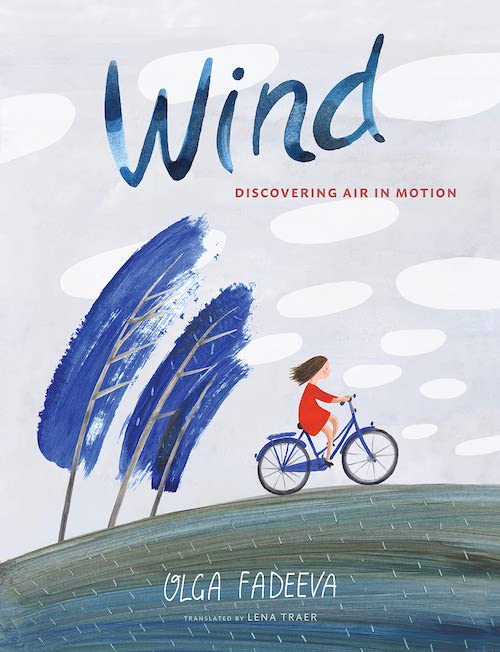
Wind by Olga Fadeeva, translated by Lena Traer
WEATHER
I adore the design of this book, including the font, the illustrations, and the stylizations. The author starts by wondering about the wind’s fictional sources and then explains wind science in kid-friendly language. You’ll read about measuring wind in knots, how wind helps plants and animals, wind in sailing, wind power, and much more.
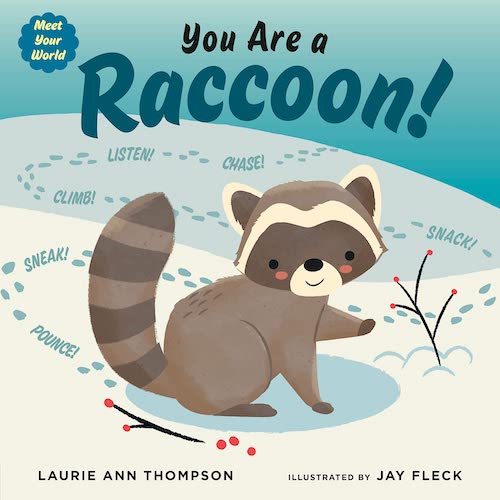
You Are a Raccoon! by Laurie Ann Thompson, illustrated by Jay Fleck ![]()
ANIMALS
Written in the second person point of view, you are a raccoon. As you read, you’ll learn about your family and den and sounds. Read about getting bigger, finding food, and waking at night with other nocturnal animals. Playful verbs invite you to act out raccoon actions. A must read for preschoolers; it’s informative, interactive, and fun.
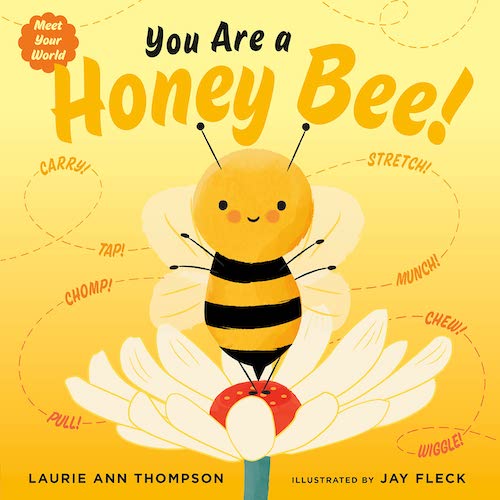
You Are a Honey Bee! by Laurie Ann Thompson, illustrations by Jay Fleck
ANIMALS
You are a honey bee…chomp, wiggle, stretch! Chew, pull, lift, carry, squeeze, fetch, watch, scritch, scratch, scritch…Act out the actions of a honey bee as you read about its life, job, and family. 100% recommended!
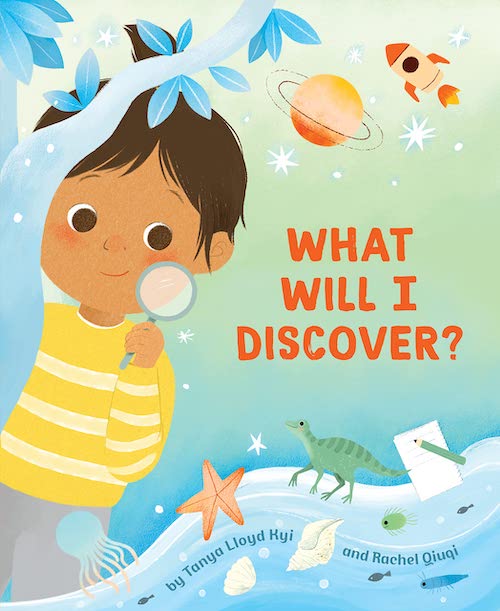
What Will I Discover? by Tanya Lloyd Kyi, illustrated by Rachel Qiuqi
QUESTIONS
Scientists know a lot about the world! But they don’t have answers for everything. The child knows because of their questions without answers, such as how trees communicate through their roots or what dreams mean. Sweet and sure to inspire questions of your own.
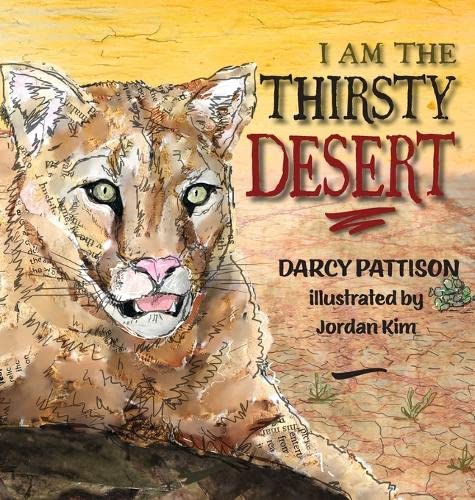
I Am the Thirsty Desert by Darcy Pattison, illustrated by Jordan Kim
ECOSYSTEM
The personified desert speaks about its life, thirsty and hopeful for water to grow seeds…lots of vivid verbs and lyrical text. Illustrations show the desert animal and plant life. Back matter shares more about each animal and plant.
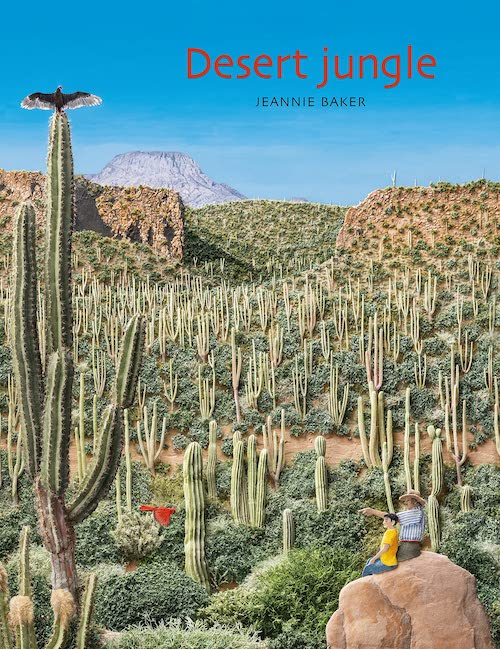
Desert Jungle by Jeannie Baker
ECOSYSTEM
Three-dimensional mixed media natural objects illustrate the journey of a boy who visits his grandfather in the desert. When his tablet goes missing, he searches for it in the desert, where he discovers scary things — birds, reptiles, plants and a coyote . His grandfather helps him become less afraid and more amazed.
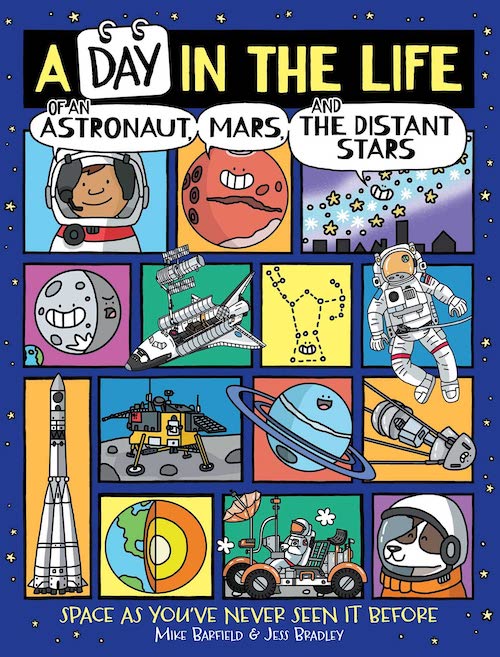
A Day in the Life of an Astronaut, Mars, and the Distant Stars by Mike Barfield and Jess Bradley ![]()
SOLAR SYSTEM
Learn about the solar system in this nonfiction comic book. The day in the life stories are first-person personified stories from the point of view of things like a Death Cloud, Meteorite, and Nebula. Packed full of information, the other story formats include bigger picture sections and secret diaries. For example, you’ll like reading the secret diary of a space monkey. Honestly, it’s amazing how much information this book teaches readers about space and how appealing it is!
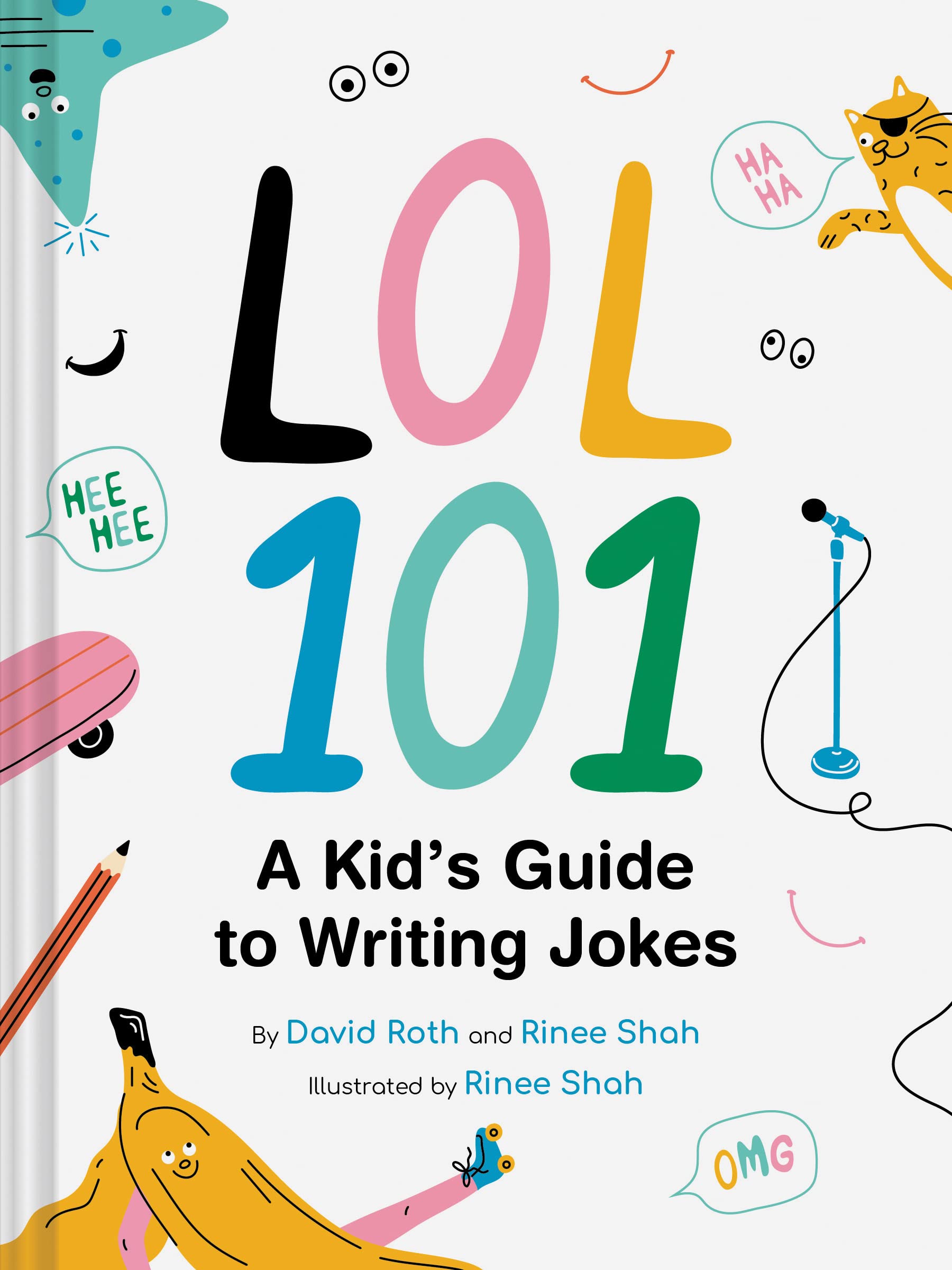 LOL 101: A Kid’s Guide to Writing Jokes by David Roth and Rinee Shah, illustrated by Rinee Shah
LOL 101: A Kid’s Guide to Writing Jokes by David Roth and Rinee Shah, illustrated by Rinee Shah ![]()
JOKES FOR KIDS
What an incredible teaching guide to writing your own jokes! This book guides readers in understanding and applying humor from wordplay, the rule of 3, exaggeration, joke delivery, visual humor, and tips for flop jokes. The examples are so helpful, too. Think about the sound a duck makes — and what word sounds like the word quack. Next, the authors explain how to write a joke where you play with the word quack to write a funny joke about a duck’s favorite snack. (answer: cheese and quackers.) I highly recommend this children’s book about making up jokes.
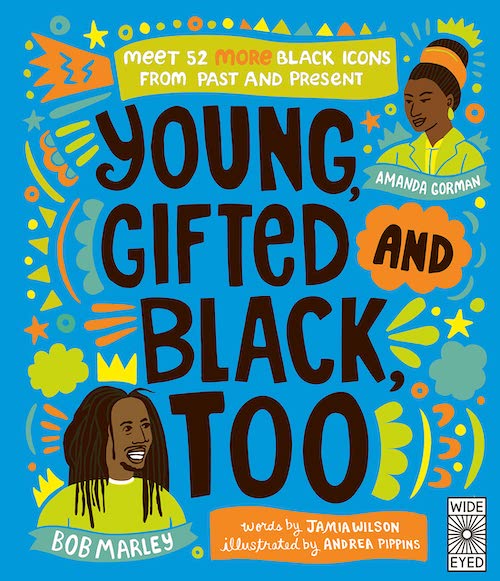
Young, Gifted, and Black, Too by Jamia Wilson, illustrated by Andrea Pippins
BIOGRAPHY ANTHOLOGY
Read about 52 black icons from the past and the present. Each biography includes a bold, graphic illustration. Well written, these short biographies will inspire and educate readers.
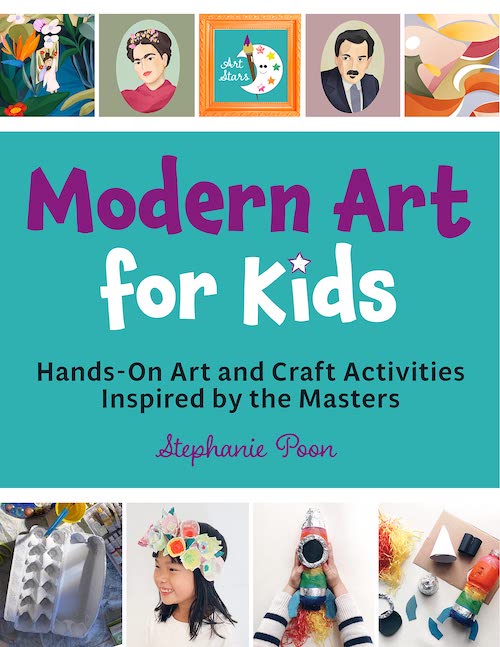
Modern Art for Kids: Hands-On Art and Craft Activities Inspired by the Masters by Stephanie Ho Poon
ART HISTORY / ARTS & CRAFTS
Organized by artistic movement (impressionism to minimalism,) you’ll read a bit about the art movements and their famous artists. After that, you’ll find instructions for a craft inspired by the art style, such as printmaking and collage. A lovely, inviting design.
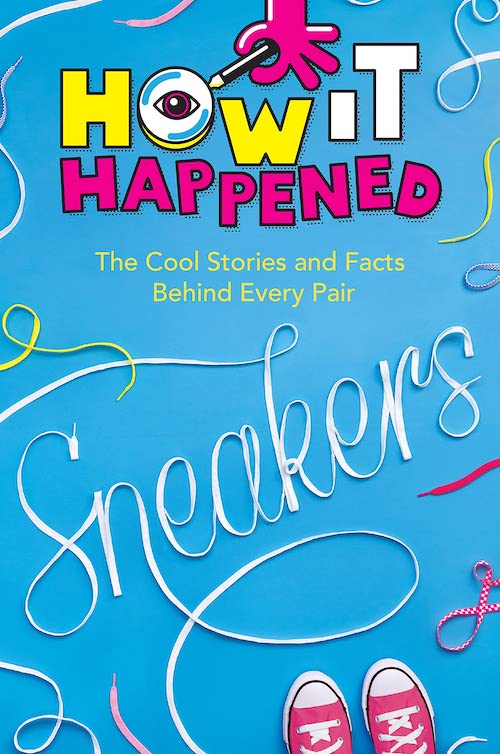
SNEAKERS How it Happened The Cool Stories and Facts Behind Every Pair by Stephanie Warren Ddrimmer illustrated by Dan Sipple ![]()
I’m excited to share this fantastic nonfiction book with you! With colorful graphic design, excellent informative writing, large text size, photographs, and illustrations, you’ll learn all about the shoes we call sneakers, starting with the history and continuing to the present. The book concludes with thoughts of the future sneakers, too. Excellent.
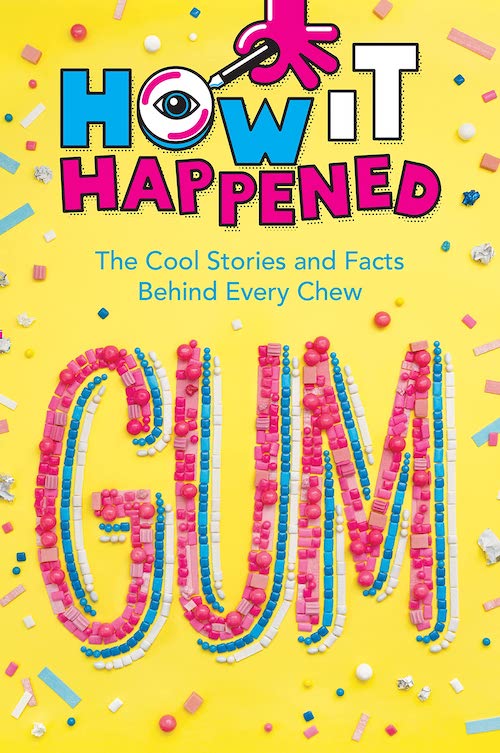
GUM How it Happened The Cool Stories and Facts Behind Every Chew by Page Towler, illustrated by Dan Sipple ![]()
Did you know that gum has been around since the Neolithic era? Learn about the history of gum, the types of gum from different cultures, more recent gum iterations, and modern gum. The authors will hook readers with the writing and design, but readers will stay for the information. It’s fascinating!

Sweet & Creepy Coloring illustrations by Kitty Willow Wilson
You’ll love the cute mushroom people, expressive skeletons, ghosts and foxes, pumpkins and wolves on backgrounds of trees, plants, flowers, and stars. The artful black-and-white illustrations will motivate coloring for Halloween or any time of the year!
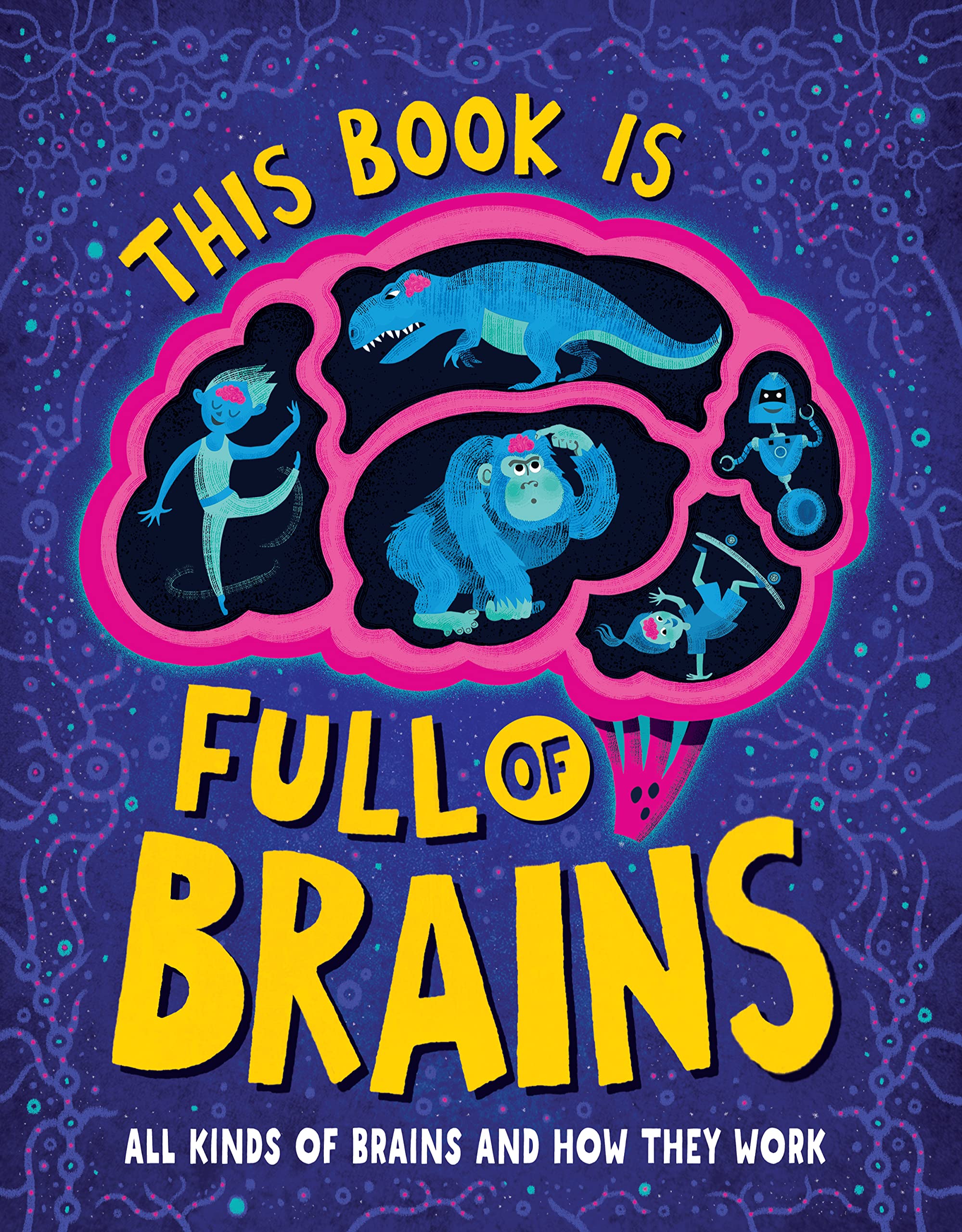
This Book is Full of Brains by Little House of Science
I only mostly recommend this book but not wholeheartedly. There aren’t many books on the human body brain, so it’s filling a need. BUT, the illustrations and diagrams are very confusing and hard to understand. Are they trying too hard to be artistic? Maybe. I also found the organization somewhat confusing. And I think it misses an opportunity to explore neurodiversity and brain-related illnesses like seizures.
The Brainiac’s Book of Robots and AI by Paul Virr, illustrated by Harriet Russell
I wish I could recommend this book because its design and writing are exceptional, but it ENDORSES AI STEALING art from artists. No, thanks. Not recommended. We need to be thoughtful in using AI and have limitations, not promote this kind of anything goes, creators don’t matter ideology.
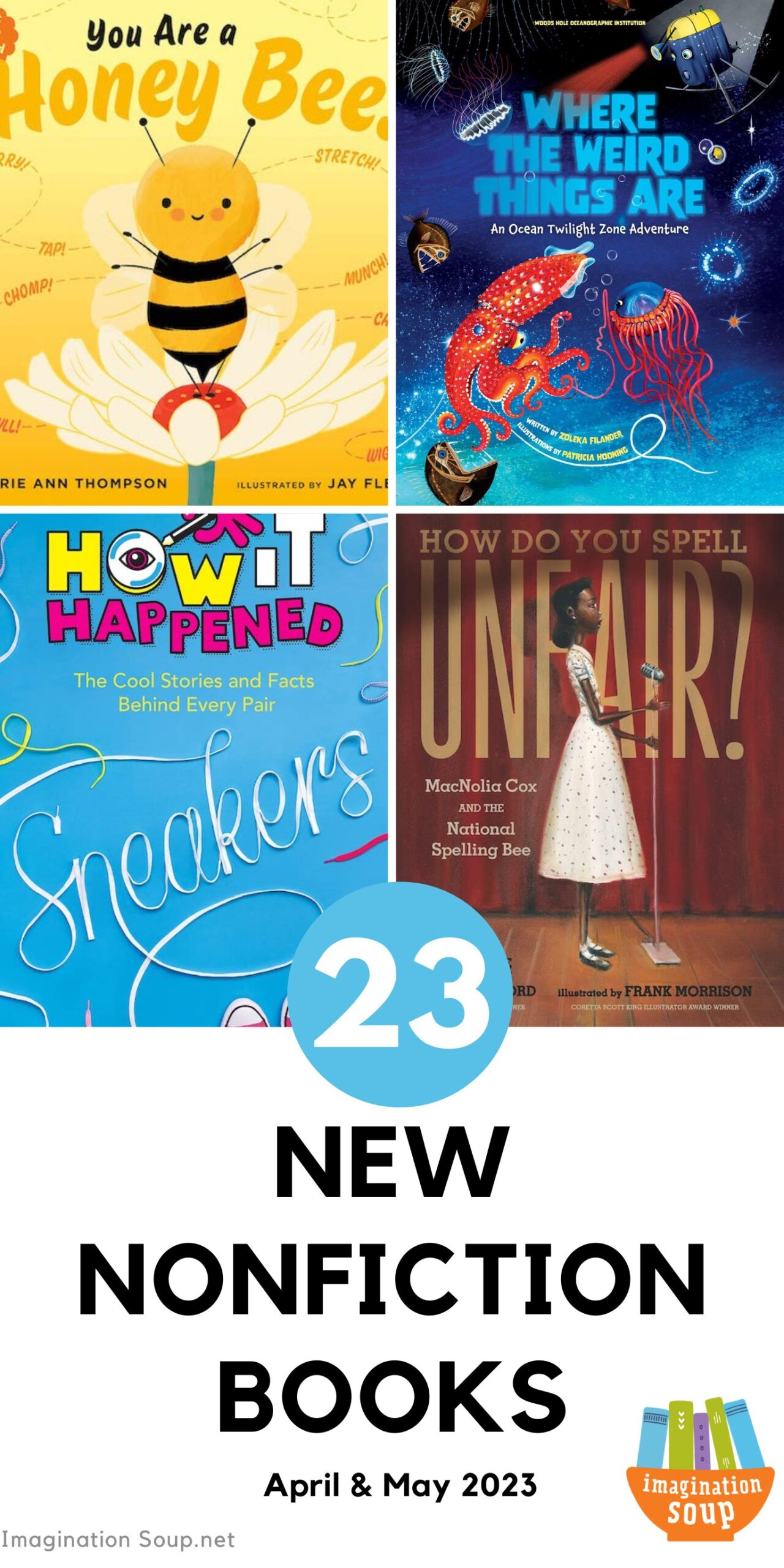
KEEP READING
STEM Kits for Kids
Books about the Holocaust & World War II
Funny Poems

 PARENTING TIPS
PARENTING TIPS







 PREGNANCY
PREGNANCY








 BABY CARE
BABY CARE








 TODDLERS
TODDLERS








 TEENS
TEENS








 HEALTH CARE
HEALTH CARE







 ACTIVITIES & CRAFTS
ACTIVITIES & CRAFTS








 CONTACT
CONTACT ABOUT
ABOUT


